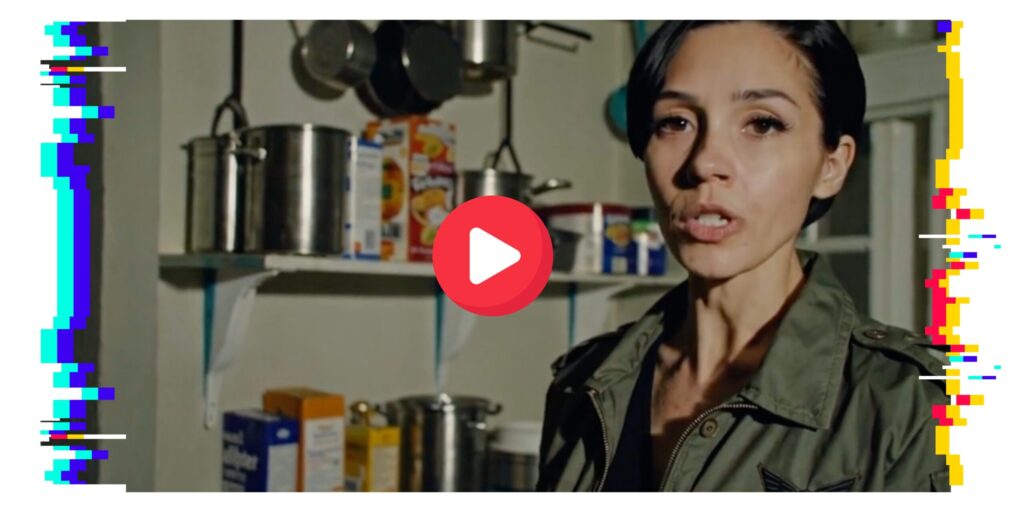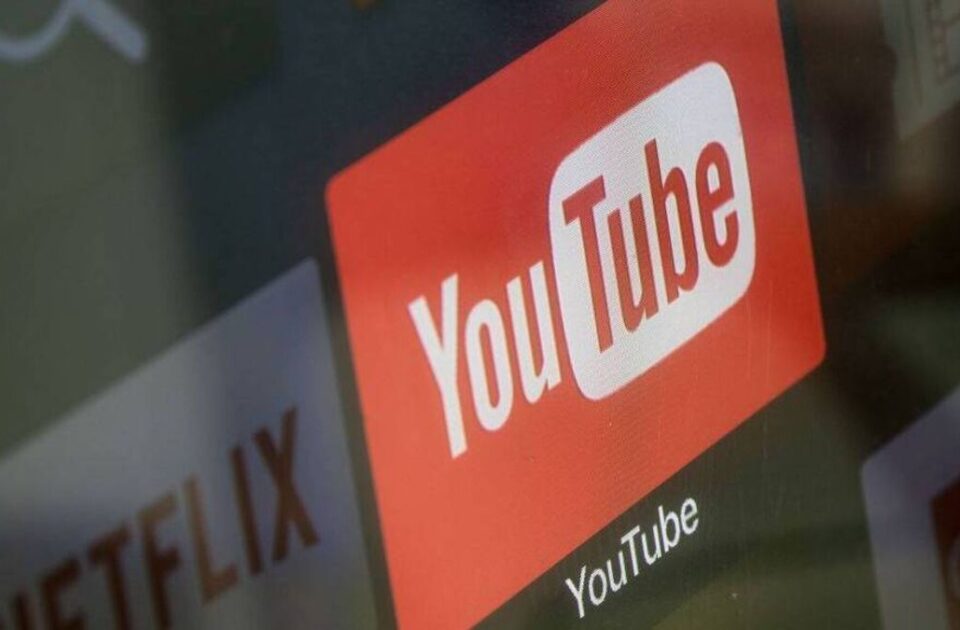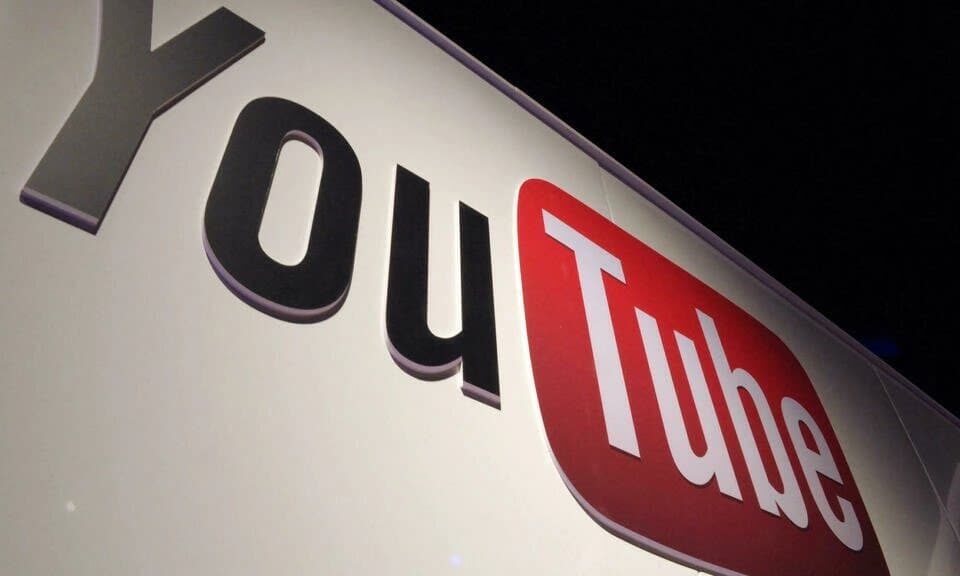Download our White Paper and find out how Million wants to solve the transactional relationship problem on social media platforms.

Erik Barmak in an article for the Ankler looks at OpenAI’s release of Sora and its impact on the creative community. For Barmak AI video generation tool, has sent ripples through Hollywood, prompting both excitement and trepidation. After months of speculation and glimpses, the tool is now available to the public, allowing users to create short videos from text prompts. However, a hands-on exploration reveals that while Sora showcases impressive capabilities, it falls short of the industry-disrupting potential many feared. Sora’s interface is intentionally sparse, emphasizing the AI’s role in content creation. Users can generate videos up to 20 seconds long by providing text descriptions or modifying existing clips.
The tool excels at quickly producing stock footage-like content, which could be particularly useful for true crime documentaries or establishing shots in various productions. When tasked with recreating iconic scenes or complex narratives, Sora’s limitations become apparent. Attempts to replicate the opening of “Raiders of the Lost Ark” resulted in visuals more akin to ’90s video games than Spielberg’s cinematic mastery. The AI struggles with nuanced details and artistic intention, often producing generic or clichéd outputs. However, Sora shines in brainstorming and pitch visualization. It rapidly generates scene concepts, allowing creators to explore ideas across different settings or genres. This feature could potentially replace traditional pitch deck designers, streamlining the creative process.
In post-production, Sora’s tools for blending, extending, and remixing videos show promise for VFX and editing workflows. These capabilities could expedite certain processes and potentially reduce the need for reshoots. Comparing Sora to competitors like Runway, Kling, and Luma reveals that while it sometimes outperforms, it’s not consistently superior. The technology is powerful but not yet refined enough to replace narrative storytelling or skilled professionals. As AI-generated content becomes more prevalent, audiences may develop a keener eye for its tropes and limitations. This could paradoxically reinforce the value of human creativity and craftsmanship in filmmaking .
For Barmak while Sora represents a significant step in AI video generation, it’s far from replacing Hollywood. Its current iteration is best suited for quick visualizations, stock footage alternatives, and enhancing existing workflows. As the technology evolves, it may find more substantial applications in the industry, but for now, traditional filmmaking remains irreplaceable for creating compelling, nuanced narratives.
The articles have been summarized using AI tools for brevity and clarity. Please refer to the original sources for complete details and context.
Link to full article: I Asked OpenAI Sora for a Female ‘Taxi Driver’. This is What Happened




